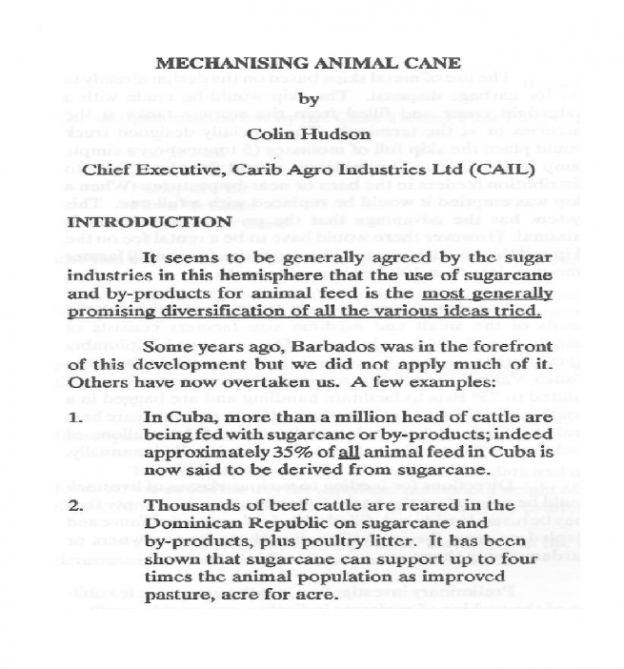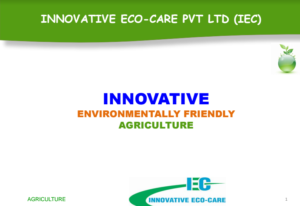by C. Keith Laurie for the 7th Annual Conference of the BSTA, 1989
Molasses is the cheapest energy feed available in Barbados. Another advantage is that it has no fibre thereby allowing its use with fibrous plants, high in protein, to make up a balanced ration. Because of its attractive flavour it can be used as a carrier of unpalatable feedstuffs such as urea, poultry litter and other non protein sources of nitrogen.
Various systems for the packaging of molasses for the distribution to livestock farmers in Barbados pdf


